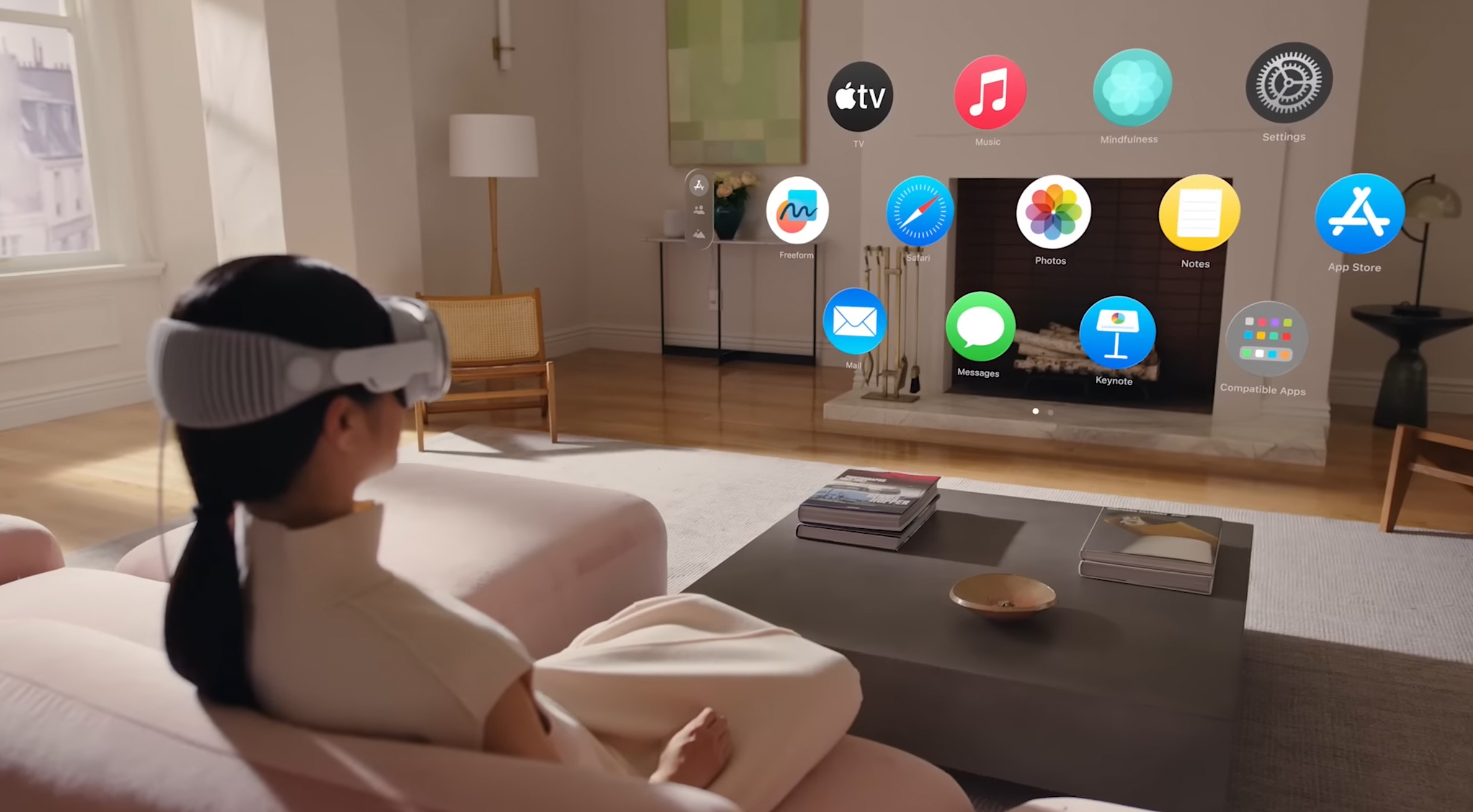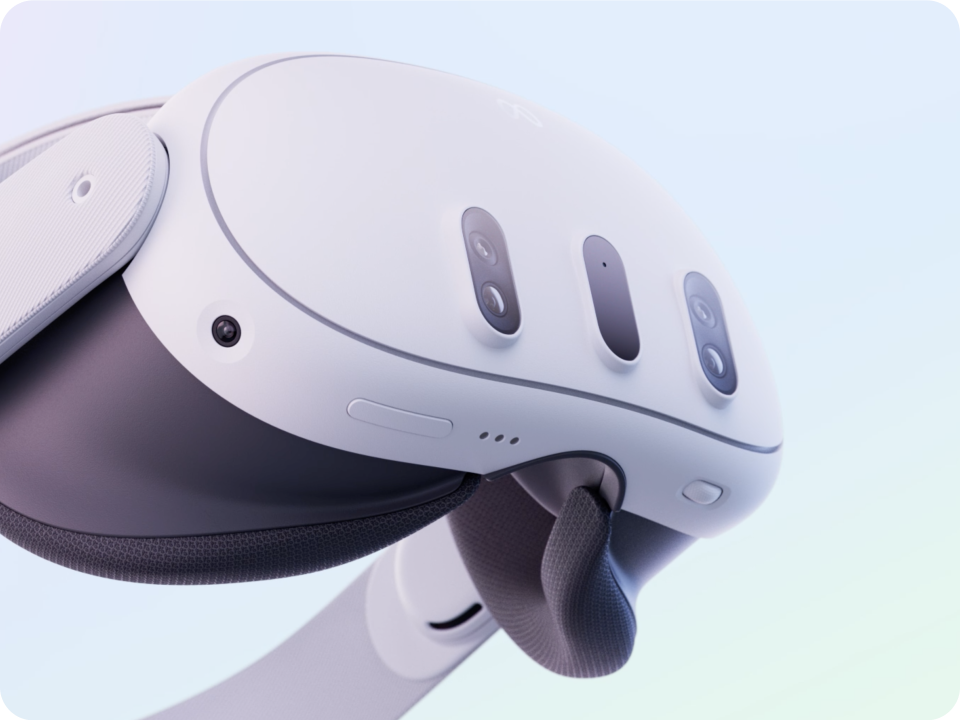Apple’s Vision Pro Headset Causes Neck Strain In Testing – Report

Apple’s forthcoming and very expensive Vision Pro headset is reportedly causing neck strain, due to its size and weight
Apple is reportedly developing a lighter version of its wearable ‘spatial computing’ Vision Pro headset, amid worries it is too heavy.
Bloomberg’s Mark Gruman reported that despite both Apple and Meta being soon to each launch their own mixed-reality headsets, “work is already well underway on next-generation models.”
Apple had first revealed its long expected headset in June, as part of its push into the world of “spatial computing.” But it won’t arrive until early 2024.

Wearable arrivals
Meta had also revealed its Meta Quest 3 headset in June, which is expected to be launched this month, with prices starting at $499.99.
The Apple alternative is much more expensive (at least seven times more expensive than the Meta headset), costing a truly eye watering $3,499 (£2,849).
And Apple’s Vision Pro is also much bigger and heavier than Meta’s wearable, not helped by its curved glass exterior.
It should be noted that the FT in July reported that Apple is now preparing to make fewer than 400,000 units of the $3,499 headset in 2024. Those new projections are down sharply from a previous internal sales target of 1 million units in the first 12 months, according to the Financial Times.
This could be explained after Bloomberg’s Mark Gruman, a noted Apple leaker, reported this week that Apple is now focused on making its device more comfortable to wear — with a smaller and lighter design.
Too heavy?
According to Gruman, Apple’s first iteration of the Vision Pro, has caused neck strain in testing due to its size and weight.
Development of the next Vision Pro remains early, Gruman reported, but Apple is reportedly hoping to make the device lighter and at least slightly smaller.
The Vision Pro headset currently weighs about a pound (or just under half a kilogram, 453 grams to be exact).

Testing has reportedly shown that the Vision Pro can feel too heavy for some users – even in short stretches.
According to Gruman, Apple is considering addressing this on the first model with an over-the-head strap, but making the hardware lighter is a better long-term solution.
Another challenge is making the Apple headset simpler for people who wear glasses.
During development of the first Vision Pro, Apple decided to slim down the device by omitting room for prescription eyeglasses. Instead, the company teamed up with Zeiss to sell prescription lenses that attach to the headset’s displays magnetically.

This could trigger issues with Apple potentially having to provide custom prescription lenses with the headset, in which case it could fall into a healthcare provider classification (and all the rules and regulations that entails).
But also people’s eye prescription changes, and it could make the headset harder to resell down the road for the end user.
Headset clash
Meta, meanwhile, is looking to reduce the price of future wearable products, despite the upcoming Quest 3 being $200 more expensive than Meta’s prior model.
Meta, according to Gruman, wants to bring the price down to below $300 again in order to help uptake of the device.
Gruman reported that as the showdown (between Apple and Meta’s headsets) looms, there is confidence within Apple that it has the superior product. The Vision Pro will have higher-resolution passthrough cameras – the component that lets the user see the real world around them – a powerful M2 chip and sharper VR displays.
But there are concerns about whether consumers will see a need for the device, especially at its current $3,500 price.
The feeling within Meta is a bit different, Gruman reported.
On one hand, the company believes it has the better gaming ecosystem – with lots of titles available for the Quest 3 that take advantage of VR.

Image credit Meta
The $500 price also makes the headset far more appealing to mainstream shoppers.